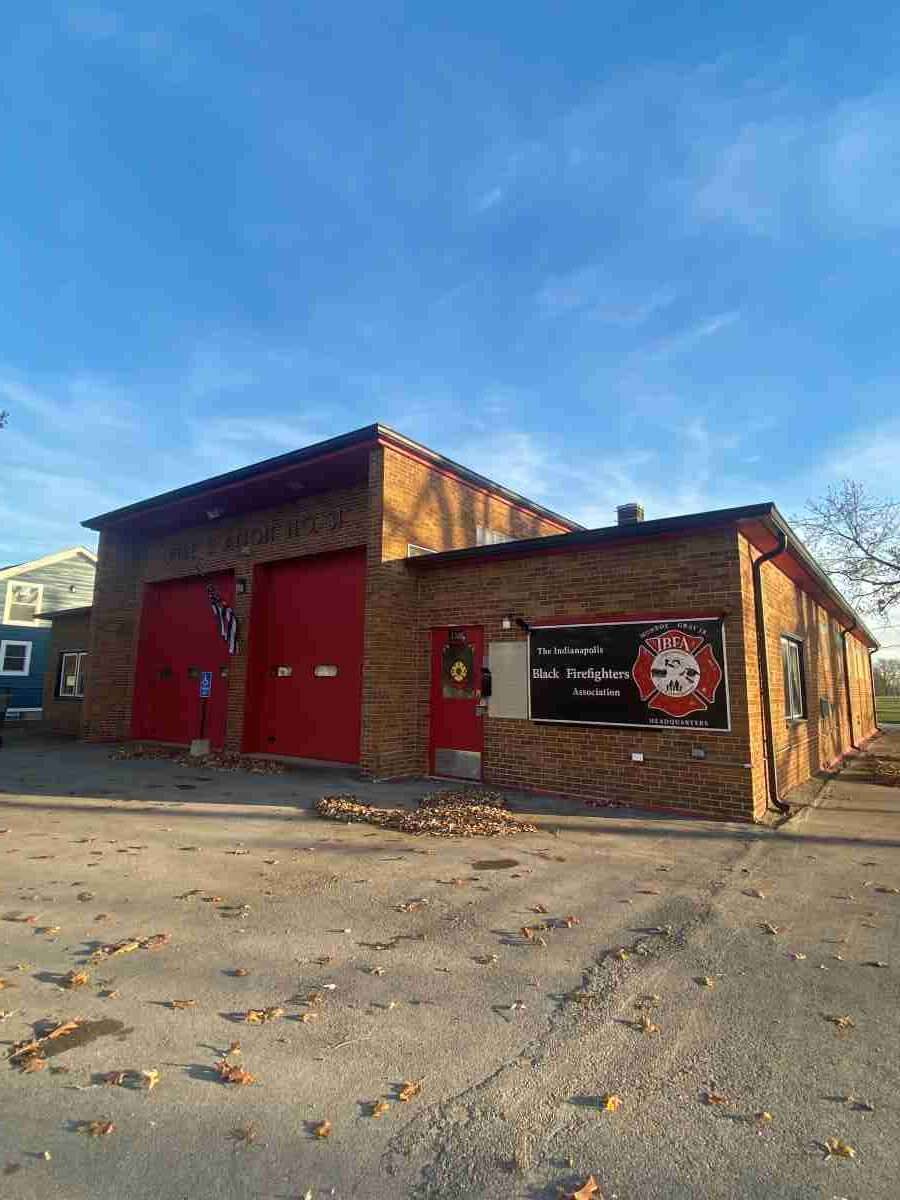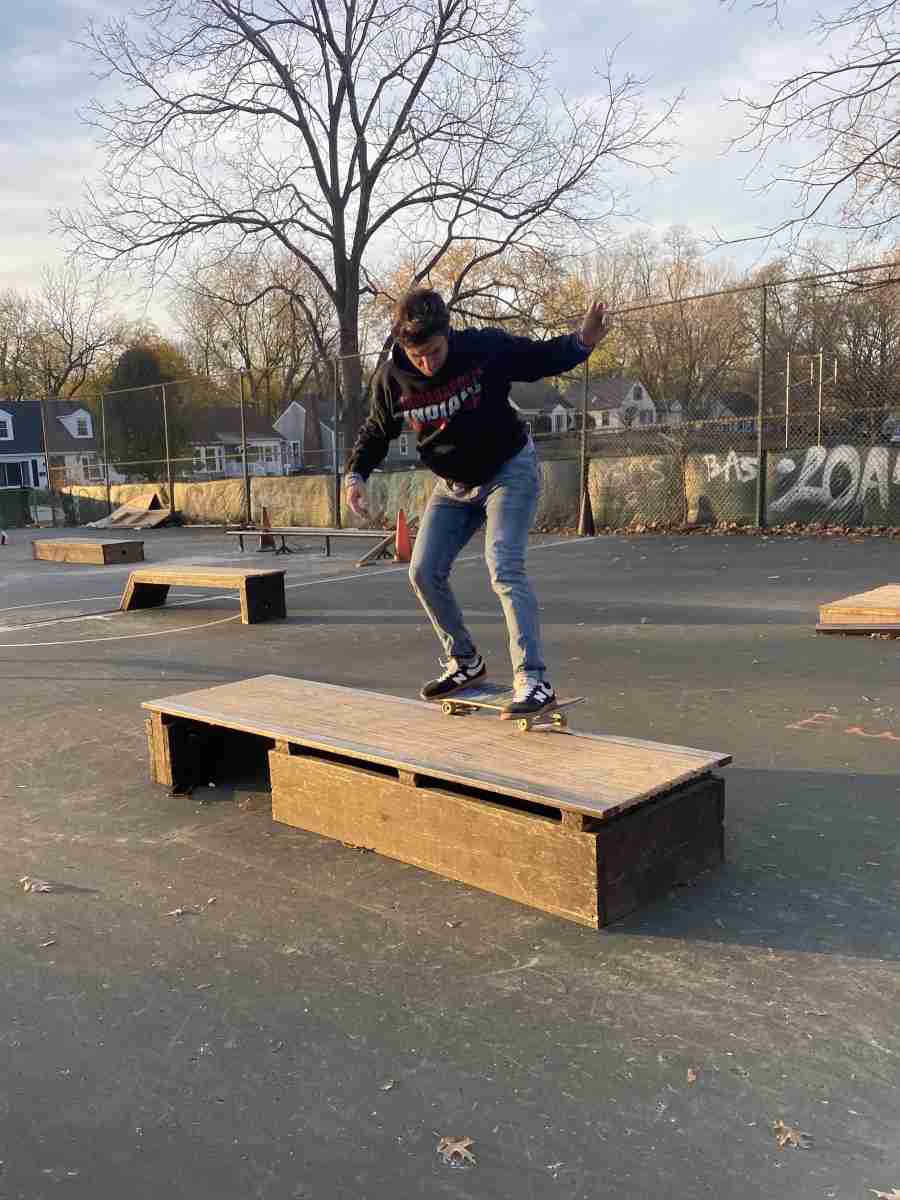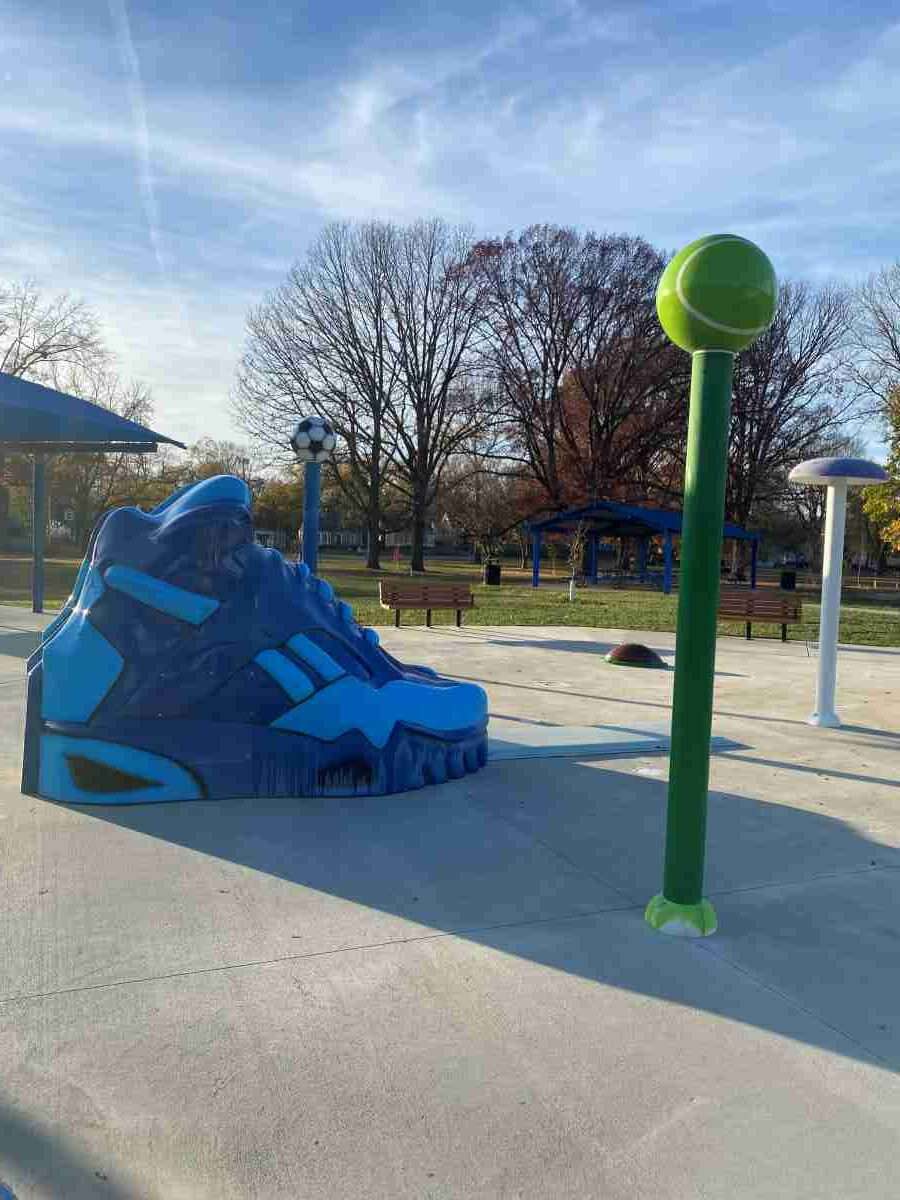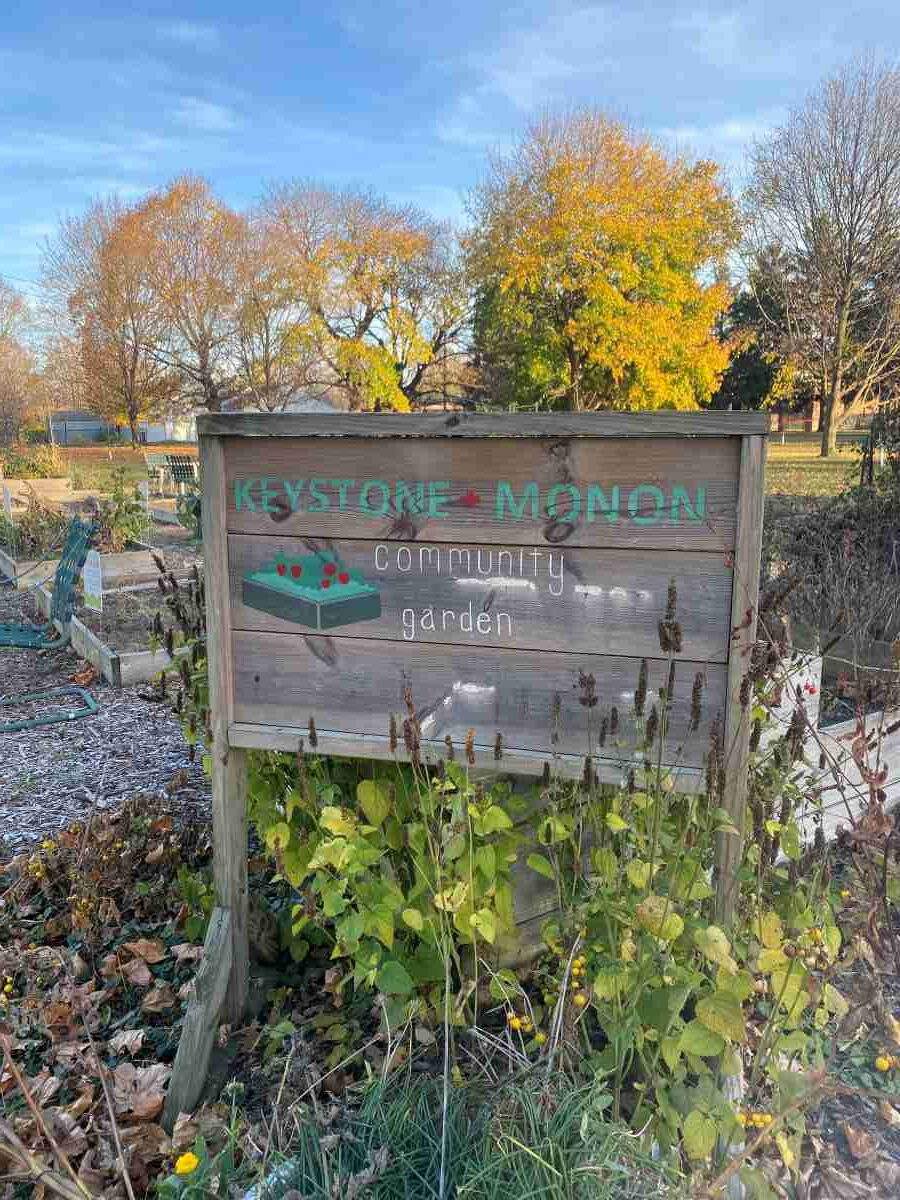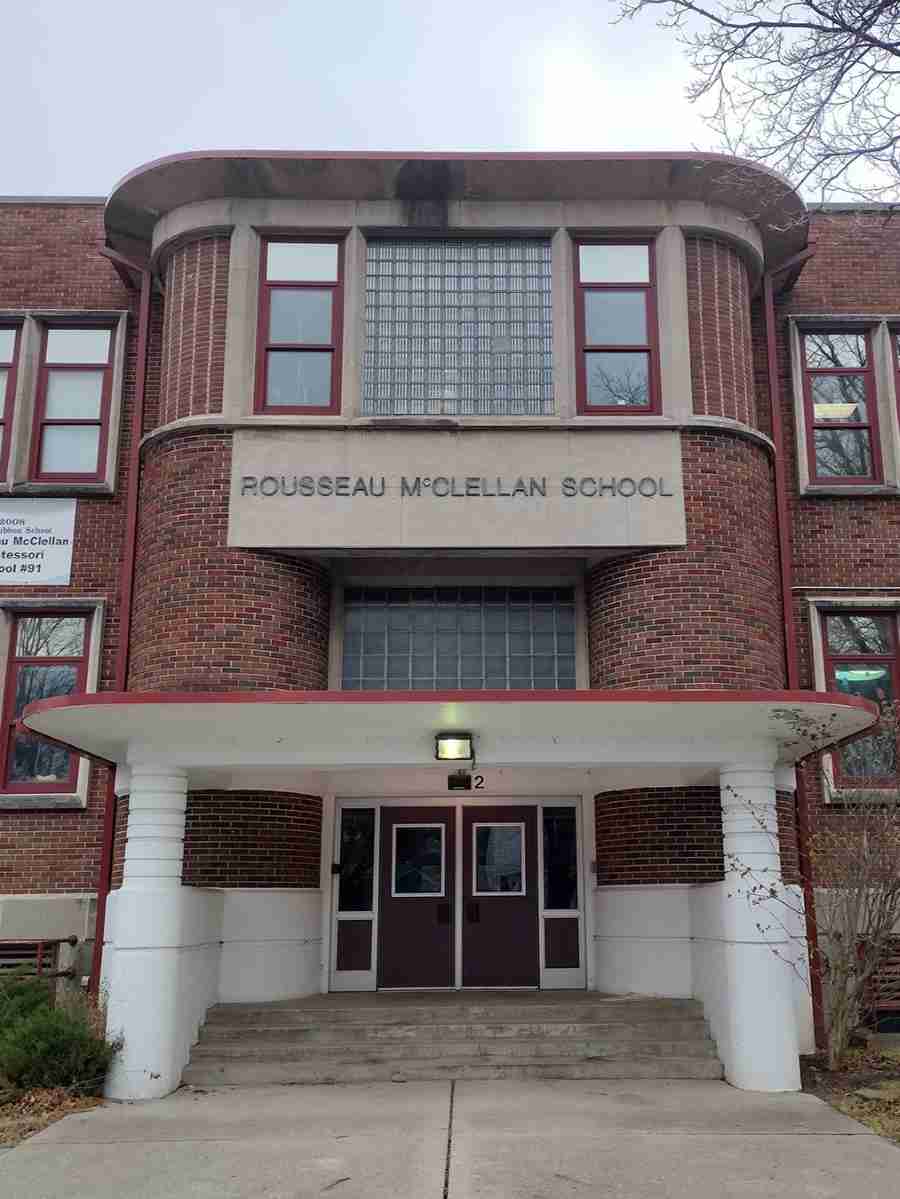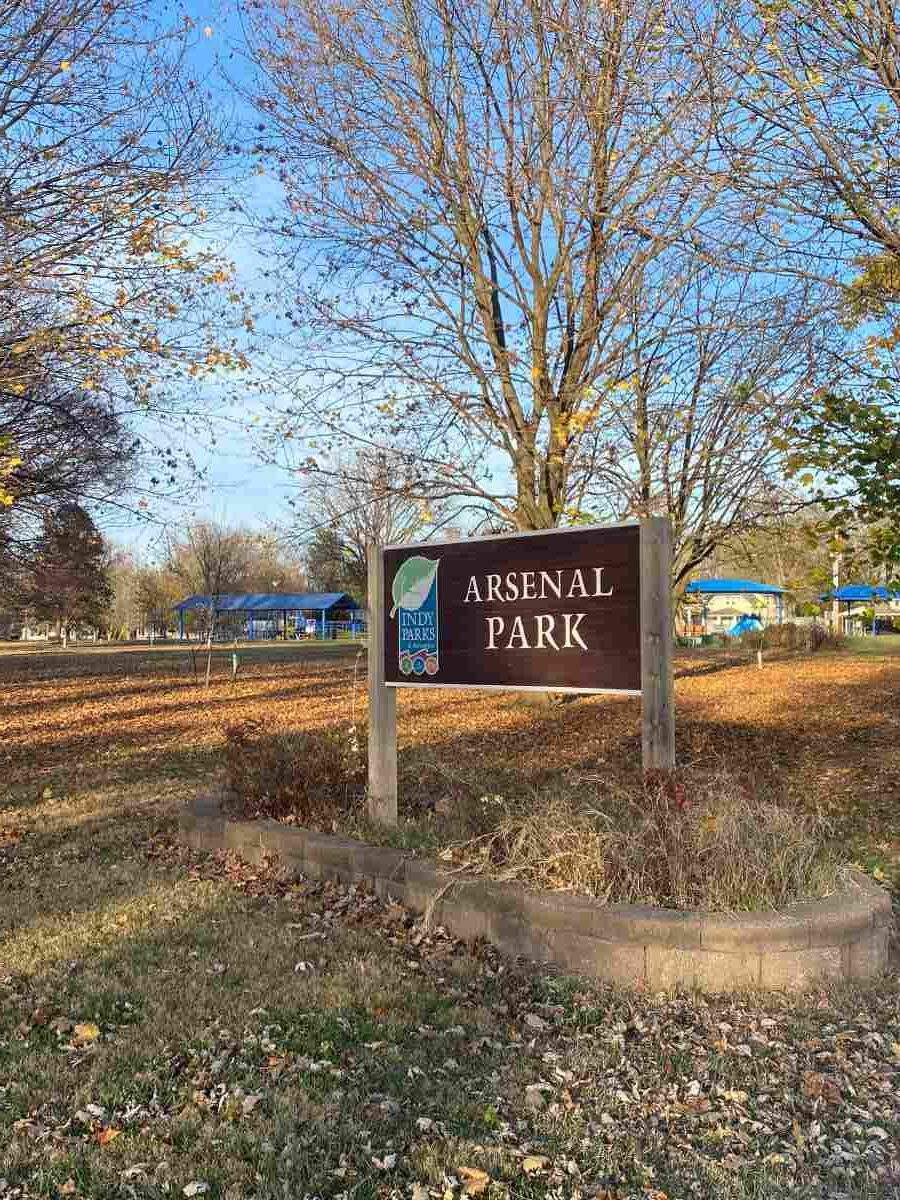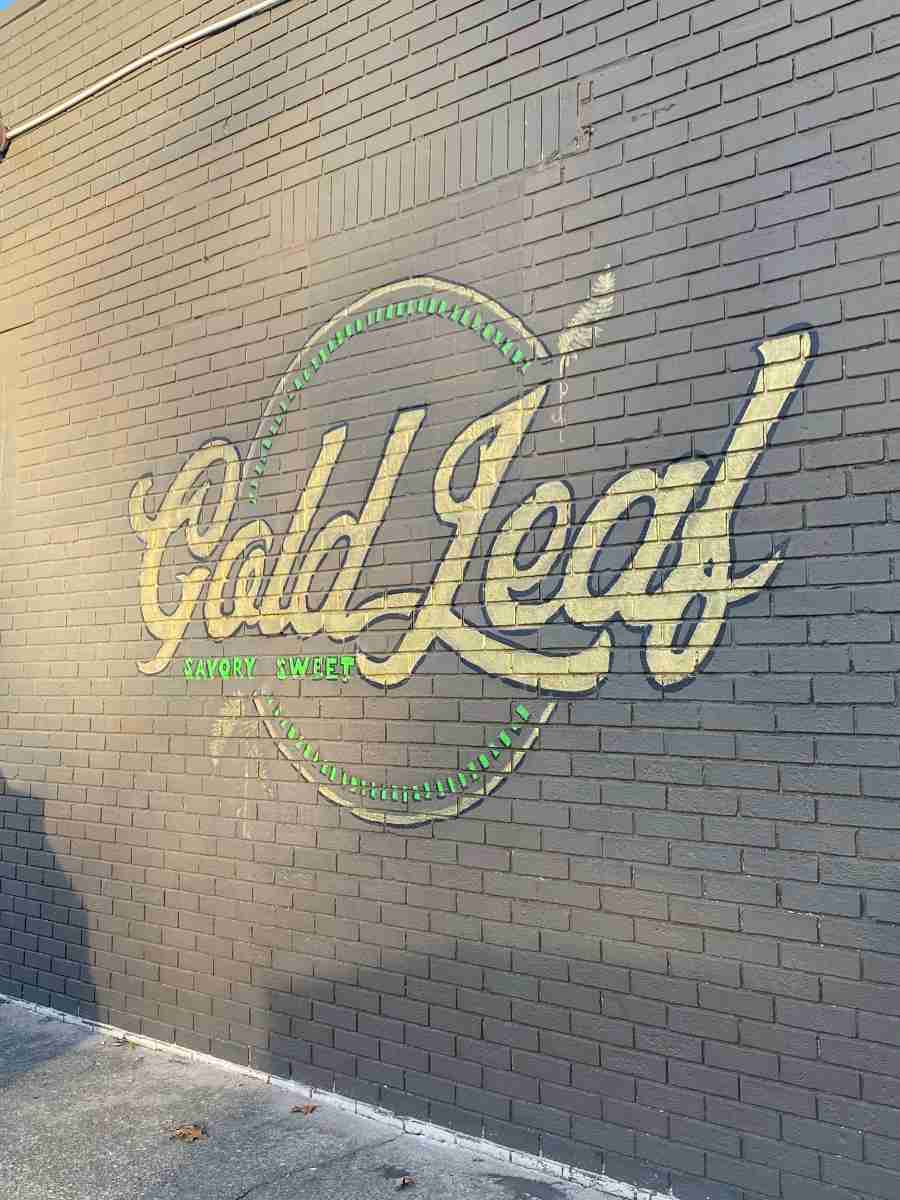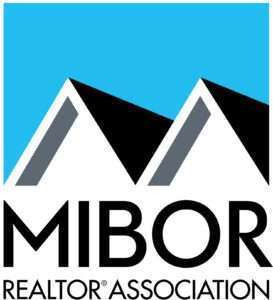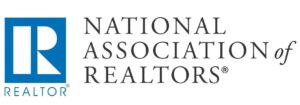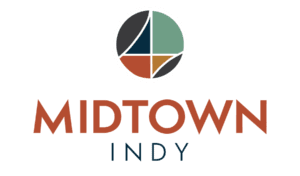Preparing a Keystone-Monon DMD Certified Plan
What is a DMD Certified Plan?
Certified plans are designed to encourage excellence in community planning and to maximize the impact of community-sponsored planning initiatives. It enables the DMD to leverage the full planning capacity of the Indianapolis citizens by providing community groups a pathway to influencing the official Comprehensive Plan for Indianapolis and Marion County. The certification expectations ensure that planning processes and their resulting plans maintain the high level of accountability and transparency necessary when crafting public policy.
Why a Certified Plan for Keystone-Monon?
For any decisions relating to the Comprehensive Plan, including zoning-related decisions, State law prescribes that the official Comprehensive Plan is the only plan that must be considered. Community-prepared plans may be offered as testimony in any public hearing, but the Comprehensive Plan is the official governing plan. Recommendations contained in certified plans are used by city staff to amend the Comprehensive Plan, ensuring that official public policy is in line with community aspirations. While certification does not guarantee policy change, it does guarantee staff consideration that other, non-certified plans do not receive.
DMD’s PlanIndy website maintains a registry of certified plans. While not officially a piece of The Comprehensive Plan, the site allows everyone involved in community planning to be aware of not only official city policy, but also that a community has developed its own plan through a robust engagement process.
How Can I Get Involved?
- Serve as a member of the steering committee, engagement committee, or zone captain
- Share your story/community history
- Help organize your neighbors
- Attend meetings in-person or virtually
- Follow Midtown Indy on social media for updates
- Connect with your local businesses
- Spread the word
Frequently Asked Questions
What is the planning process?
Click here to view a pdf of the Certified Plan checklist. To learn more about the Certified Planning Process, view a pdf of the Certified Plan Handbook.
Who's involved?
The City of Indianapolis and the Department of Metropolitan Development require a formal planning process which we will begin in 2023. In the meantime, we have work to do as a community to prepare for that formal planning process.
What is Midtown Indy's role in the planning process?
Read more about Midtown Indy here.
What is the history of Keystone-Monon?
Development of the Keystone-Monon community began in the 1920’s much like other Midtown neighborhoods under development at that time. Unlike surrounding neighborhoods, however, its development was stalled by the Great Depression. According to Historic Indianapolis, this was “in part due to its isolation, located between the Monon Railway, The State Fairgrounds, and the substantial campus of the Indiana School for the Deaf.” Additionally, the area received a low Home Owners Corporation Lending (HOLC) rating because it was a “section of … mechanic and low wage white collar types,” and the “cheaper style homes bordering on nicer residential areas.” Further, notes indicated, “the high cost of street improvements, its distance from city center” and its lack of bus service.
Despite these circumstances, strong advocacy by over 1,000 area residents helped to establish the area’s first public park in 1928, Haverford Park. Works Progress Administration workers later developed portions of the 13 acre park with popular amenities including a spray pool in 1935 and a brick shelter in 1942. At some point the park was renamed Arsenal Park due to its location on Arsenal Avenue (now Indianola.) The popularity of the park, together with the emerging demand for affordable single-family homes at the end of World War II, bolstered the area’s development. Because of its later development and the demand for affordability at the time, the home styles differ greatly from those of surrounding neighborhoods which were developed prior to the Great Depression and WWII. The homes of Keystone -Monon were modest examples from the mid-1940’s and 1950’s. Dense platting, smaller parcel sizes, and compact 700-1,200 square foot “post-war” style homes as well as medium density multifamily rental properties were the norm. Infrastructure investments in its early development did not include sidewalks in most residential areas, a feature that remains absent today, and reduces connectivity to the thriving walkable areas and amenities to the north and west.
Since the late 1950’s, the demographics of the Keystone Monon community have evolved as new home construction virtually ceased and long-time residents migrated to suburban areas. The area transformed from 100% white in 1937 to 33% white in 2010 when census data designated it a majority community of color with 67% of residents identifying as Black, Hispanic, and/or Asian. Today the demographics are shifting again. As of 2019, the racial breakdown is 48% persons of color and 52% white. Vacancy rates in the community are dropping from 22% in 2010, to 16% in 2019. The poverty rate in the community peaked in 2015 at 27%, today that number has dropped to 16%. In fact, data from the past decade indicates a 20% increase in Median Assessed Home Values, a 19% increase in Median Income, and a 10% increase in Median Monthly Rent. Meanwhile, homeownership in the same period has decreased by 4% and the Median Monthly Mortgage has decreased 10%. The percentage of residents who are housing cost-burdened has decreased 25% to a current total of 34%.
While these numbers may appear to be trending in a positive direction, the impact felt in the community is very different. Many of the increases are a result of an influx of new residents and an outward migration of long-time residents. Speculative investors are buying homes in bulk. Residents report being pressured and preyed upon to sell their homes cheaply, yet values are rising. Homes are being flipped to more affluent buyers, or converted to rental housing, which appears to be validated by data showing a nearly 20% increase in rental units in the area since 2012. As of 2019, 49% of households in the area are now rental, and only 40% of all occupied units are owner-occupied.
Beyond changes in the residential areas, investment in the commercial corridors is booming for the first time in decades and at a fast pace – particularly on the main 46th Street corridor. In the past 3-5 years more than a dozen new businesses: dining establishments, coffee shops, taprooms, breweries, salons, barber shops, coworking spaces, service companies, and more have opened. Residents are encouraged by the increased availability of amenities and the reactivation of long vacant commercial spaces. Companies like Hope Plumbing, and Home Sense Heating and Cooling have made significant investments to locate their headquarters in formerly vacant buildings which they have rehabilitated. A trade and craftsman focused co-working space, Refinery 46, opened in the refurbished former headquarters of the Double 8 Grocery chain near 46th Street and Keystone. The Indianapolis Black Firefighters Association located on 46th Street recently announced their headquarters, and the adjacent property will soon become home to the city’s first Black Firefighters Museum. Broad Ripple Haverford Little League, a long-time neighborhood fixture, currently serves over 600 youth Indy’s Northeast side annually in 7 divisions. All league games and practice operations occur at one of 9 diamonds, 8 of which are located across three locations within the Keystone Monon Community.
Many new and longtime business owners and organizations are coming together with residents who share a mutual desire to see the preservation of its history and culture and to ensure its growth is community-inspired. They are aware of the delicate balance of placemaking vs. place taking and will be among the key community partners supporting the planning process.
Can you provide examples of completed Certified Plans?
Certified Plans are included on the PlanIndy App. You can view the SOIndy Quality of Life Plan (2017) and The Near Eastside Quality of Life Plan (2020) online. Near Eastside also provided their Quality of Life Planning Timeline and Outreach Plan for reference.
Please note that the areas of focus within these Certified Plans are chosen by the community and may or may not be applicable to Keystone-Monon. Areas of focus for the Keystone-Monon community to consider include arts & culture, economic & workforce development, education, equity & engagement, health & wellness, housing, greenspace, transportation, land use, placemaking, infrastructure, safety, sustainability, etc.
Catch Up on Past Meetings
Missed a meeting or want to see what we’ve been up to? View meeting minutes below. Session recordings are available on our YouTube page.
Where is Keystone-Monon Neighborhood?
Steering Commitee
Corey Floyd, President
Tamala Baker, Vice President
Tom Westrick, Secretary
Andrea Drygas
Brandon Powell
Jesse Rice
Tammi “Mame Bousso” Thompson
Anna Whelchel
Anderson York
Subscribe to our Newsletter
© Midtown Indianapolis Inc. | Midtown Indy
3965 North Meridian Street, Suite G | Indianapolis, IN 46208

